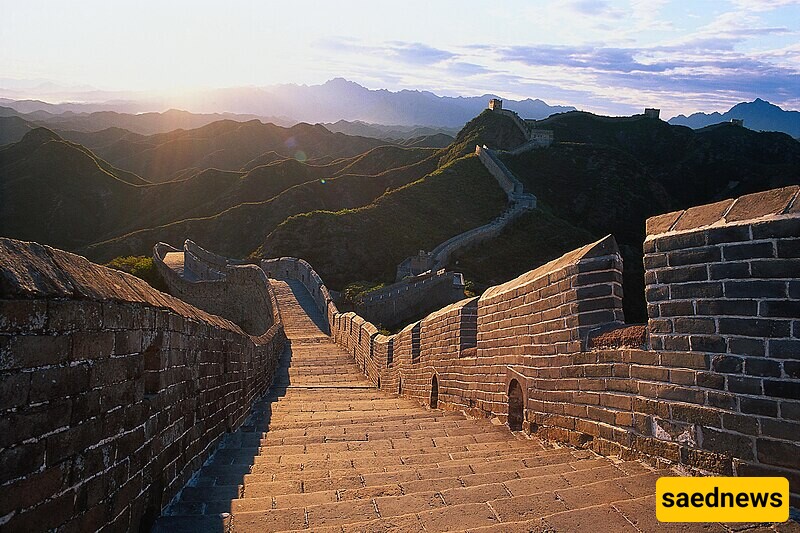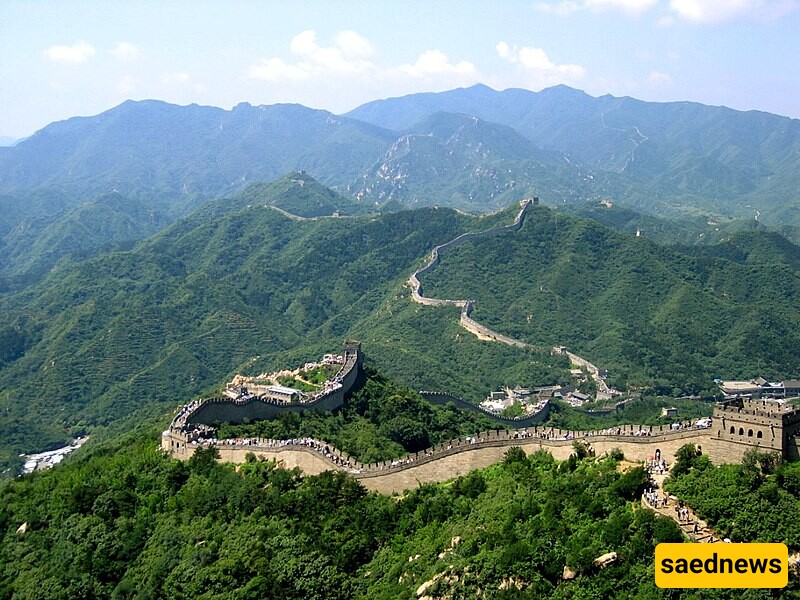SAEDNEWS: The Great Wall of China is one of the world’s most iconic landmarks, but there’s more to it than meets the eye. From surprising myths to its lesser-known uses, these fun facts reveal the fascinating history of this ancient marvel.


The Great Wall isn’t a continuous structure but a collection of walls, fortifications, trenches, and natural defenses built by various dynasties over 2,000 years. Each section served unique purposes, from protection to trade.
When measured in its entirety, the Great Wall spans 21,196 kilometers (13,171 miles). This immense distance is roughly half the circumference of Earth, making it one of the longest structures ever created.
Early sections of the wall were constructed with readily available materials like packed earth, wood, and reeds. In some areas, sticky rice was added to the mortar for extra durability, showing the ingenuity of ancient engineers.
Despite popular belief, the Great Wall is not visible to the naked eye from space. Its size is impressive, but its narrow width and natural surroundings make it difficult to spot even from orbit.
The wall evolved over time, with its earliest sections dating back to the 7th century BCE. The most recognizable parts, built during the Ming Dynasty (1368–1644), are known for their sophisticated design and strong defenses.
The wall wasn’t solely built for defense. It served as a transportation route and a communication network. Beacon towers enabled the use of smoke signals to quickly warn of threats, allowing messages to travel vast distances efficiently.
While parts of the Great Wall are well-preserved, around 30% has disappeared due to erosion, weathering, and neglect. Preservation efforts are underway to maintain its historical significance for future generations.
Beyond its visible sections, the wall is equipped with concealed paths, underground tunnels, and hidden chambers. These strategic elements provided defenders with critical advantages during wartime.
The wall’s construction involved around a million people, including laborers, soldiers, and prisoners. The harsh working conditions led to many deaths, giving rise to the nickname “the longest cemetery on Earth.”
In 1987, UNESCO recognized the Great Wall as a World Heritage Site, honoring its cultural and historical value. Today, it remains a global icon, attracting millions of visitors who marvel at its scale and legacy.

The Great Wall of China stands as a testament to ancient innovation, resilience, and human determination. Its construction, spanning centuries, reflects the ingenuity of countless workers who adapted to diverse terrains and used locally available materials to create a structure of immense scale and strategic importance. The Great Wall embodies the rich history of China's dynasties beyond its impressive size, which showcases their military strategies, cultural priorities, and architectural expertise.
The Great Wall never ceases to inspire wonder and admiration whether one is drawn to its vast length, intricate design, or the hidden stories embedded in its stones. It serves as a symbol of endurance and a reminder of humanity’s capacity to create monumental achievements, leaving behind a legacy that continues to captivate millions around the globe. As a global icon and cultural treasure, it bridges the past and present, inviting future generations to explore and preserve its timeless majesty.

